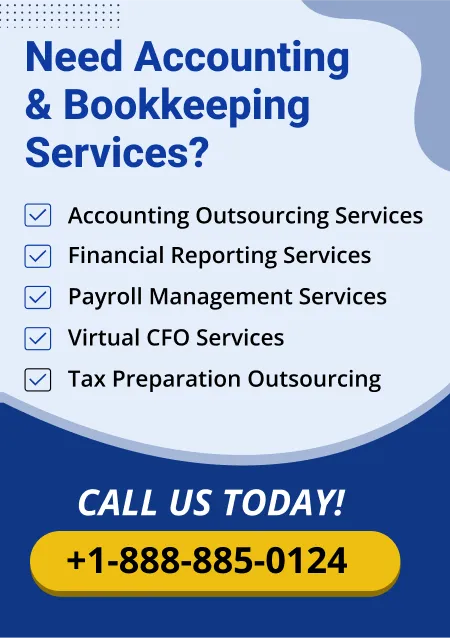The financial health of every business depends heavily on liquidity. In order to please short-term obligations, it relates to how quickly a business can transform its assets into cash. Liquidity guarantees that a business stays solid and capable of thriving in a competitive market, whether it is used to handle daily costs, paying off debt, or investing to explore options. Keeping sufficient funds on hand is essential for American businesses to flourish as well as seize opportunities when they offer themselves. This guide gives an overview of corporate liquidity, examines several metrics, and discusses possible approaches to handle it well.
The Guide To Understanding Business Liquidity
Liquidity often plays a vital role in running any successful business. It determines how well a business handles its short-term debts by utilising its present assets. Cash, accounts receivable, and inventories are examples of present assets that can be swiftly turned into cash within a fiscal year. On the other hand, current liabilities include accounts payable, short-term financing, and any other debts that are due within the year. Different Kinds of Liquidity Ratio The ratios listed below can be used to assess the liquidity of a business:
1. Current Ratio
The most frequently used ratio is the Current Ratio. Divide present assets by current obligations to get the calculation. If your business successfully has a current ratio greater than 1, that means you own more assets than liabilities. For instance, your business has assets worth $50,000 and liabilities worth $10,000. Then the ratio is 5. This indicates you have five times the resources to cover your debts.
2. Acid-Test Ratio, or Quick Ratio
The quick ratio isolates inventory from current assets, which improves the measurement of liquidity. This is due to the reality that inventory may at times require longer to turn into cash. The equation is:(Current Assets - Inventory) / the current liabilities is the quick ratio.If a business's quick ratio is more than 1, it usually indicates that it can meet its short-term liabilities without having to liquidate stockpiles.
3. The Ratio of Cash
One measure of liquidity which is more conservative is the cash ratio. Inventory and accounts receivable are not taken into account; only cash and its equivalents are. The equation is:Cash / Current Liabilities is the cash ratio.A cash ratio of one or more shows that the company has enough cash on hand to cover all of its immediate obligations, offering an immediate measure of liquidity.
Key Factors; The Impact On Liquidity
Understanding every aspect that can affect the liquidity of a business is crucial in order for handling it well. 1.
1. Accounts Receivable: How To Manage It Effectively
One of the major factors that affects how a business runs is how effectively they manage their accounts receivables. If your business keeps on extending the payment terms, your account receivable may hoard an overbearing amount of money. Insufficient accounts receivable management can cause issues with cash flow, which may affect the liquidity of the business. By ensuring quicker cash collection, effective strategies like factoring services or early payment discounts can assist improve liquidity. 2.
2. Keeping Up: Tracking Inventory Piles
Overstocking inventory may be detrimental to liquidity. Keeping more inventory implies using funds that could be used to cover immediate requirements. By constantly tracking inventory turnover ratios, businesses can keep inventories in line with demand, thereby easing the strain on liquidity. By simplifying the procedure and guaranteeing just-in-time ordering, inventory control systems can also free up resources for other purposes.
3. How Much Debt You Owe?
High debt levels can affect liquidity, especially short-term debt. Businesses should weigh their financial obligations against the resources they have on hand. The burden on cash can be decreased by converting short-term obligations into longer-term loans with more affordable rates of interest or more lenient terms for repayment. Additionally, tracking interest rates and contemplating debt reduction may assist businesses to preserve their viability and liquidity.
4. The Costs Required For Operations
Liquidity can be significantly influenced by operating costs, especially when they rise more quickly than revenue. Businesses may protect their liquidity by carefully managing their expenses. The business can get more liquidity by constantly monitoring its expenditures, getting more favourable agreements with vendors, and reducing expenses wherever it can.
5. Elements Of The External Economy
Liquidity can be affected as well by changes in the economy as a whole, such as increases in inflation, changes in customer demand, or interruptions in the supply chain. Businesses have to be flexible in order to adapt to changing market conditions while maintaining substantial reserves of cash on hand in case of downturn.
Work Harder: Improving Liquidity Of Your Business
Managing assets and liabilities actively is required for improving liquidity. Here are a few effective tactics:
1. How To Work On Making Efficient Cash-Flow System
For businesses to keep liquidity, they have to regularly assess their cash flow. Businesses can anticipate shortages or surpluses using cash flow forecasts, allowing them to make the right changes, including delaying non-essential payments or ramping up collections.
2. How To Manage Credit Requirements
It's essential to match the credit terms supplied to suppliers with those provided to customers. Too loose of terms for payment might tie up money, while too tight of circumstances can turn away prospective clients. In a similar vein, increasing terms of payment with suppliers may help free up funds for immediate needs.
3. An Alternate Solution: Short-Term Financing
For businesses that are momentarily cash attached, short-term financing options such as factoring invoices, credit limits, and short-term financial assistance are accessible. These assets could offer you with a quick cash boost to cover immediate costs without affecting your long-term financial security. long-term financial stability.
4. How To Adjust Stockpiles
Cash can be freed up by decreasing overstocked inventory and shifting to a leaner inventory strategy. Businesses may reduce the financial drain brought on by excess inventory by focusing on things that move faster and getting rid of under performing stock.
5. Constructing A Rainy-Day Fund
Keeping a cash reserve on hand provides security whenever liquidity is scarce. A reserve fund, which is financed in part by profits, may absorb unanticipated costs or seize novel opportunities without compromising the business's solvency.
Conclusion
Any business that wishes to thrive and grow must have liquidity. Businesses with stable finances can take the risk to invest in future growth, fulfil short-term obligations and can face economic downturns. Businesses out there can be proactive about securing their financial position by adopting various strategies. This can be in the form of strategies for boosting cash-flow, managing stockpiles,receivables effectively and assessing liquidity ratios. Remaining liquid is not only a goal but also a must for long-term success in the competitive market of today. If your business is looking for outsourcing accounting services, Fino Partners can be the perfect place to come to. With our expert guidance, we can assist your business to figure out your business liquidity and eventually pave your way to success.



























